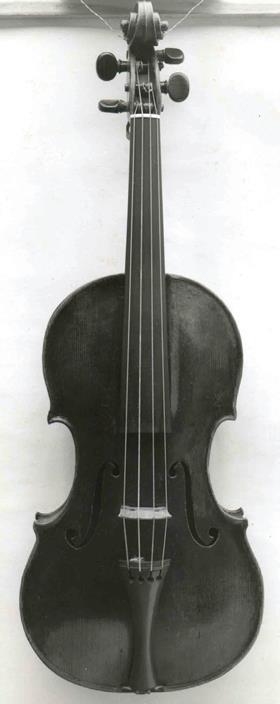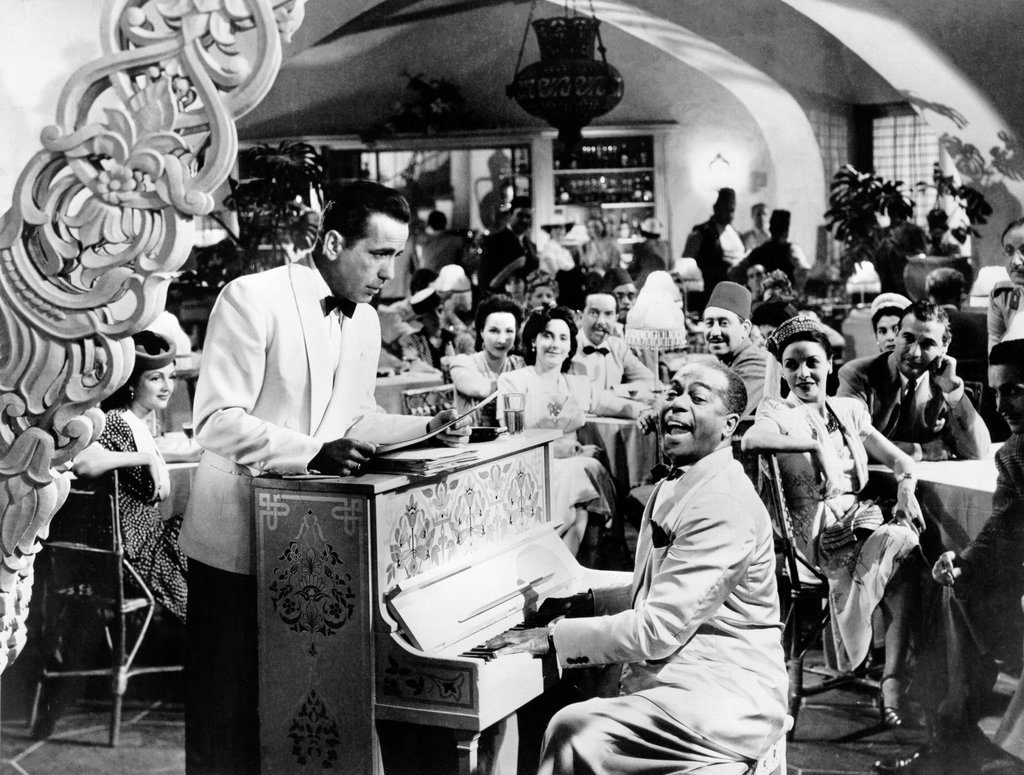
Last week, a valuable violin was accidentally left on a train by its owner, Stephen Morris. Morris, a violinist with the Royal Philharmonic Orchestra, forgot the 310-year-old Tecchler violin on a train from London. It is worth about a quarter of a million pounds because it is one of only a few made by David Tecchler in 1709. (Tecchler was part of the renowned Roman School of Violin Making in the 17th Century and was considered to be the institution’s leading violin and cello maker.) Morris urges anyone who finds the violin to return it, describing the instrument as “a piece of history.” However, the loss of instruments is not rare- other musicians, like Yo-Yo Ma, have misplaced these valuable pieces. In April 2008, Phillippe Quint left a $4 million Stradavarius violin in a cab, but luckily the honest cab driver returned the valuable instrument to its owner.
Although not categorized as “fine art,” some musical instruments have tremendous artistic merit. In some cases, the well-crafted objects are not only functional, but beautiful and valuable. What makes these items even more remarkable is that some multi-million dollar instruments are still used for performances. The production of instruments has evolved over time, however, detailed craftsmanship is still a hallmark for some of the world’s great “instrument makers.” Well-made instruments continue being resold and circulated, meaning that some of them on the market today have incredible provenances. Like the fictionalized “Red Violin,” some valuable instruments have famed pasts.
One of the most famous violins in the world is the Cannone Guarnerius. Fabricated in 1743 by Giuseppe Antonio Guarneri of Cremona, it was owned by Niccolo Paganini. The famed virtuoso bequeathed the instrument to the city of Genoa, Italy upon his death. It is securely exhibited in the city’s town hall, and is considered part of Italy’s cultural heritage. The violin is taken out and played on a monthly basis by its curator and is played biannually by the winner of the Premio Paganini Competition. The valuable instrument is insured for $4 million, although other famed violins are estimated to be worth much more. The Messiah Stradivarius, housed in the Ashmolean Museum, is valued as the most expensive violin with an estimate of $20 million.
Although larger in scale but lower in value, the most expensive pianos have sold for less. One of the most expensive, the Crystal Piano, sold for $3.22 million. Entirely made from crystal, and designed by the Heintzman Company, it was used at the 2008 Beijing Olympics. It was sold to an anonymous buyer after its only performance. Other pianos that have received fame were Mark Bradford’s painted Steinway piano for the US Pavilion at the 2017 Venice Biennale. This law firm represents Steinway’s first visual artist in residence, Lynx Alexander, whose masterfully painted pianos have graced Steinway’s NY and Texas showrooms, in addition to stages around the world.

Over time, instruments have gained notoriety for their sound, their beauty, and their storied pasts. Many people are enticed by the opportunity to own objects played by a celebrity or royalty, and who wouldn’t want to play on “Sam’s” piano from the film Casablanca? As with art objects and luxury goods, the safety of instruments is a concern. It is important for owners to properly maintain the items, secure them from theft, properly appraise and care for them, plan for their passage (as in a will or a trust) and protect them (during travel, while loaned for a performance, while being moved, and while in storage). When contemplating a purchase, it is important for potential buyers to authenticate the instruments, appraise their condition, and ensure that they weren’t stolen in the past. It is hard to imagine the theft of a grand piano, although it has occurred (like in instances in which a piano mover delivers the wrong instrument and absconds with the more valuable one).
Just as owners of fine art sue for the return of stolen works, breaches of contract, and damage to their property, owners of instruments take actions to protect their valuable musical possessions.